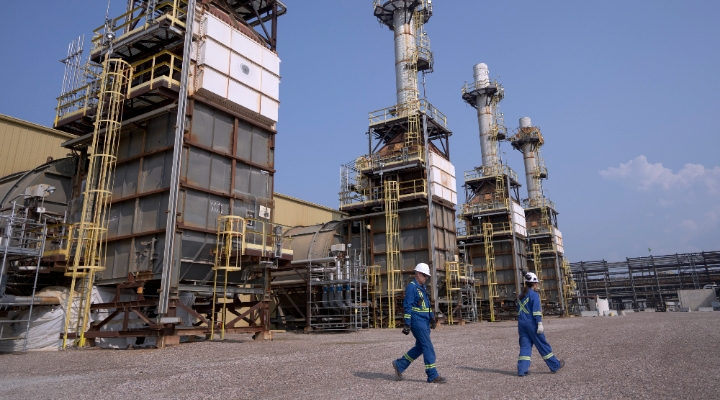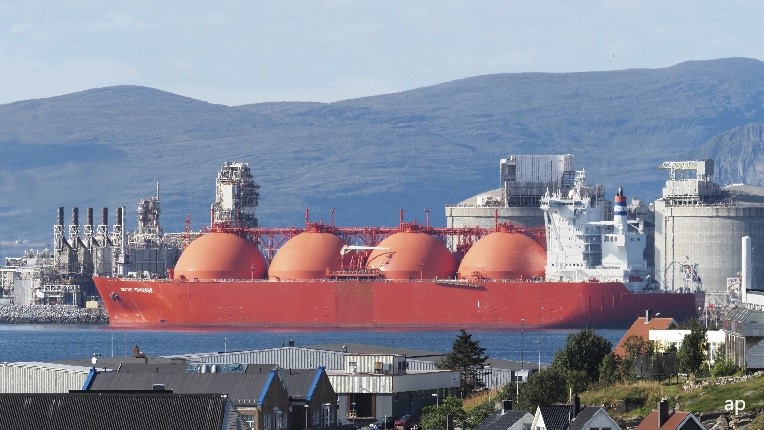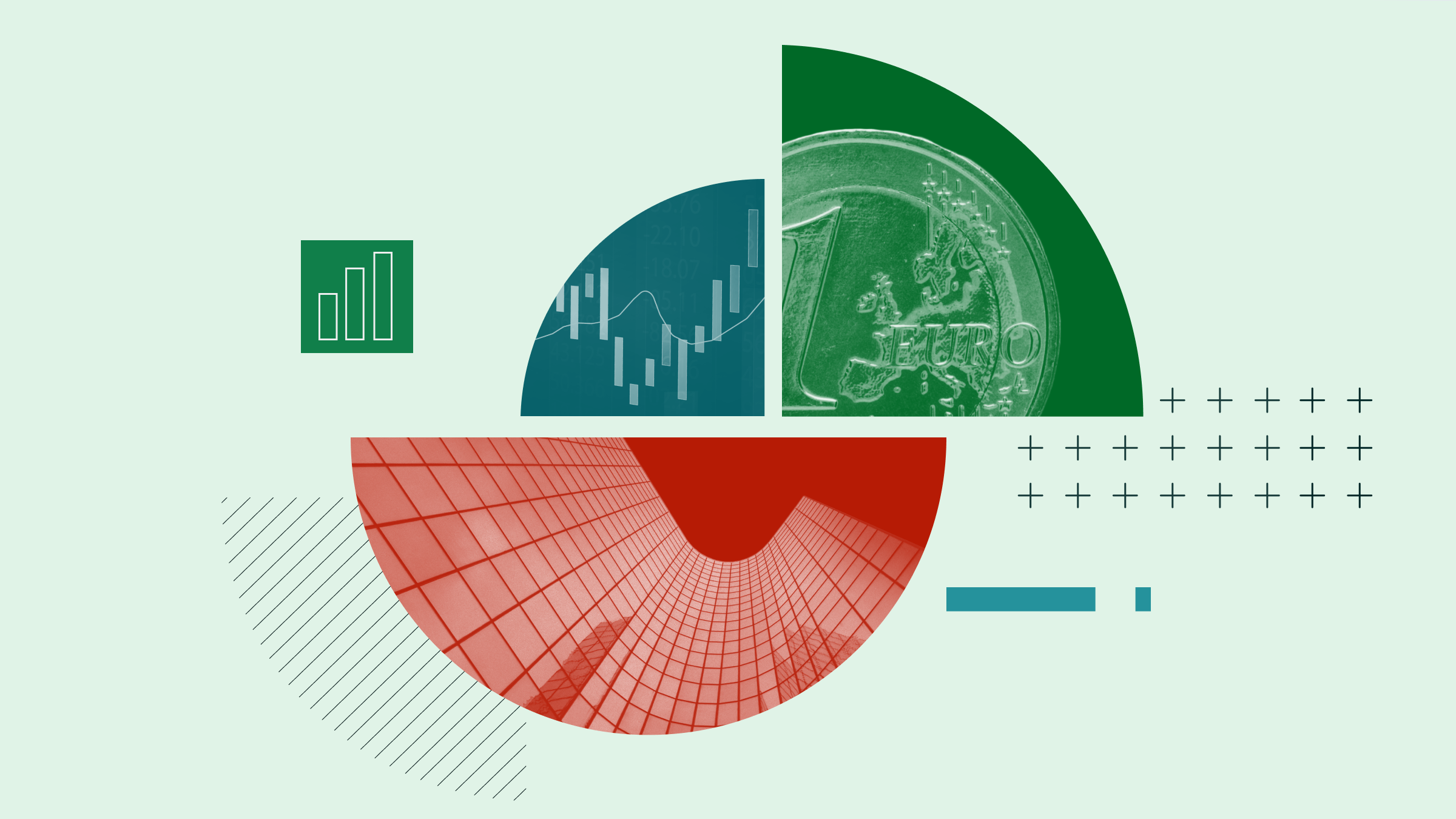
Widespread social distancing due to the coronavirus has dragged down gasoline consumption and storage utilization at the Cushing hub is rapidly climbing. Storage utilization has been sharply rising for the U.S. overall in recent weeks due chiefly to the dearth of oil demand because of COVID-19. However, utilization in Cushing has surged the most, going from 50% in early March to 72% by April 10. If this rate of increase continues, Cushing’s tanks will be full by mid-May. Practical limits could be reached much earlier than that, given that utilization never rose above 90% in the prior oil downturn in 2016.
That makes front-month futures contracts much riskier than usual--nobody wants to take physical delivery if there’s nowhere to store it. In the scramble, some investors paid as much as $40 per barrel to offload futures for May delivery because if Cushing does get full it could cost even more to find an alternative home for physical barrels at the time of delivery. The price of the front-month WTI contract, which expires April 21, fell from $20/bbl to negative $38/bbl over the course of the trading day. However, the significance of the decline was probably overblown by media coverage given that longer-dated futures were impacted far less severely (the June and December contracts fell 20% and 3%, respectively). And for now at least, storage fears appear to be largely confined to the U.S. (front-month Brent only fell 9% to $26/bbl).
Still, the risks to global oil prices over the next 3-6 months remain extremely high. Oil demand is likely to reach a trough in the second quarter due to the impact of COVID-19, and global oil storage will have to fill up at unprecedented rates to absorb the excess of supply over demand. For the full year, we now expect a year on year decline in consumption of around 10 mmbpd decline. This is a stunning contraction by historical standards, easily surpassing the 1.6% decline seen in the prior recession (2007 to 2009). No one-year decline in oil demand in the post-WWII era comes close, although we did see a 10% cumulative demand decline from 1979 to 1983 (in response to the oil price shock of the late 1970s). While this forecast might seem sensationally bearish, we think it's very much realistic (and roughly in line with leading edge consensus--the IEA's newly released April oil market report projects a 9.3 mmbpd demand decline in 2020).
But there is light at the end of the tunnel. We only expect a modest long-run impact on the global economy from COVID-19 (Morningstar forecasts a nearly complete recovery in GDP from the COVID-19 impact, with just a 0.9% impact to the long-term trend level of real GDP). So we should see some fairly dramatic catch-up growth in 2021, bringing consumption close to the pre-COVID trend. In fact, once a vaccine is developed, we see little reason for demand for most oil-related items (even for air travel) not to fully return to normal.
This robust demand recovery will be complemented by slowing supply from OPEC, U.S. shale, and other areas. Upstream firms are aggressively cutting capital spending this year, which will eventually dampen their output. Unless producers are willing to start investing in growth again, we think the current glut could transition fairly quickly into a shortage. But the required increase in activity won't happen without higher oil prices. The U.S. shale industry is still the marginal producer in our global framework, and that business model doesn't work if prices dip sustainably below our $55/bbl midcycle forecast.






















